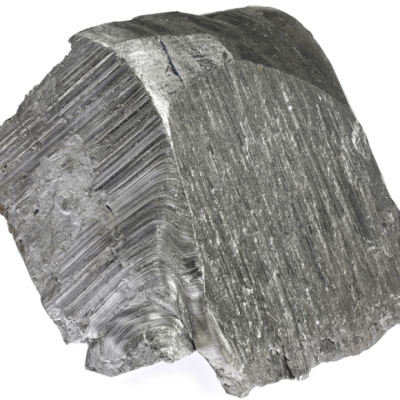The US military has achieved ground-based hypersonic speed on the Holloman High Speed Test Track (HHSTT), with the experiment aimed at better understanding the effects of hypersonic speed. Hypersonic weapons are among the most important innovations in military technology, with China currently leading the way in this area. The US is keen to close the gap with China and Russia, both of which possess hypersonic weapons. Recently, the US military successfully tested a hypersonic weapon system that reached Mach 5 (6,200 km/h), and now the US Air Force has announced that a vehicle reached Mach 5.6 (6,914 km/h) on the HHSTT, a 16-kilometer-long monorail system on the Holloman Air Force Base in New Mexico.
The high speed of hypersonic weapons makes countermeasures difficult, and the US is keen to catch up with its rivals in this area. The HHSTT was built in 1949 to conduct high-speed tests with rocket and aircraft components, and the use of rocket sleds allows for controlled testing conditions. The scientists describe the HHSTT as an “important link between laboratory investigations and full-scale flight tests.” However, testing hypersonic weapons is not without its challenges, with temperatures exceeding 1,000 degrees Celsius being a major concern. The March 2022 test of the US military’s hypersonic cruise missile landed in the sea, preventing analysis of the effects of high temperature on the fuselage or onboard systems.
The development of hypersonic weapons is a key area of focus for military powers around the world, with China and Russia leading the way. The US is keen to catch up and has successfully tested a hypersonic weapon system and achieved ground-based hypersonic speed on the HHSTT. The use of rocket sleds on the HHSTT allows for controlled testing conditions, but the high temperatures generated during hypersonic testing remain a major challenge. The HHSTT is an important link between laboratory investigations and full-scale flight tests, and the US military will continue to use it to develop its hypersonic capabilities.










